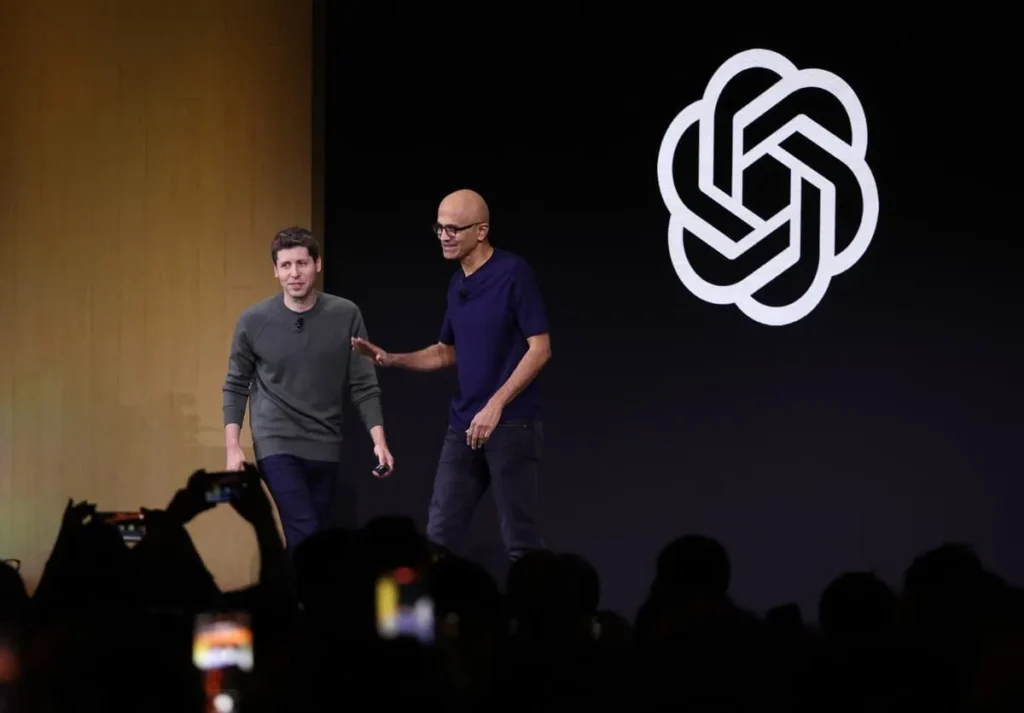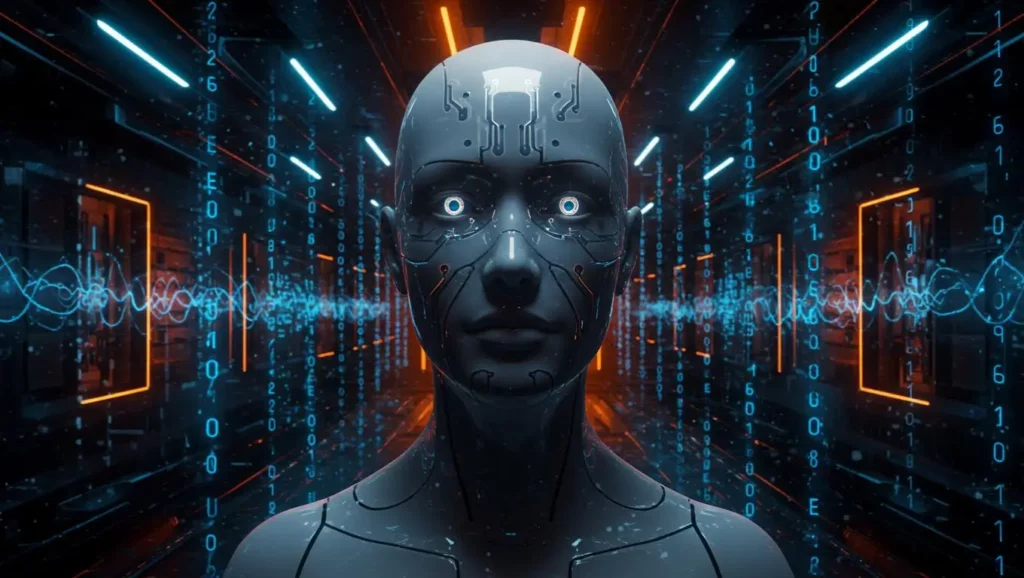Sam Altman defends OpenAI spending: AI will transform the global economy
In a powerful joint interview on the Bg2 podcast, Sam Altman (CEO of OpenAI) and Satya Nadella (CEO of Microsoft) discussed the ambitious financial strategy of the company, addressing growing concerns over its massive AI infrastructure expenditures.
Altman announced that OpenAI’s annual revenue already exceeds $13 billion, asserting that the company could potentially reach $100 billion in revenue by 2027—a target he considers realistic given the swift adoption of its AI technologies.
“Much More Than $13 Billion” — Altman Strikes Back
Responding to questions from Brad Gerstner, founder of Altimeter Capital and host of the podcast, Altman dismissed doubts regarding OpenAI’s business model, labeling them as “short-sighted.”
Our revenues are far greater than $13 billion. People underestimate how much AI will transform every industry and generate unprecedented economic value.
This statement comes amid scrutiny of OpenAI’s colossal infrastructure spending, projected to approach $1.4 trillion over the coming years—money dedicated to constructing massive data centers and acquiring hundreds of thousands of Nvidia GPUs.
Staggering Investments to Support AI Growth
According to Altman, these investments are essential to keep pace with the rapid evolution of models like GPT-5 and its successors. The company aims for a computing capacity of 30 gigawatts, an unprecedented figure in the tech world.
These expansions depend on strategic partnerships with Nvidia, Oracle, AMD, and Microsoft, as well as ongoing projects for data centers currently under construction in Texas and the United Arab Emirates.
“This is a bet on the future. AI infrastructure is not a cost; it is a foundation for the next industrial revolution,” said Altman.
A Strong Alliance With Microsoft
Satya Nadella, whose company holds a significant stake in OpenAI, emphasized that the two firms remain closely tied, despite the recent announcement about the end of exclusive Azure access. He noted that the integration of OpenAI into Microsoft products (Copilot, Azure AI, Office 365) has already led to a marked increase in cloud usage.
“What Sam is building is the engine for the next decade of innovation for Microsoft,” Nadella remarked, in a tone that maintained a light atmosphere during a sometimes tense exchange.
Goal: $100 Billion in Revenue by 2027
Altman stated that OpenAI is preparing for a “steep” rise in revenue, driven by ChatGPT Plus and Teams subscriptions, enterprise licensing, new consumer products, and AI applications in healthcare, transportation, and scientific research.
He also mentioned the development of AI tools for researchers and engineers, aimed at accelerating discoveries in fields such as chemistry and advanced materials.
However, this bold ambition raises questions: according to Morningstar, analysts believe that such an investment plan relies on profitability assumptions that remain unclear, particularly given soaring energy costs and impending regulations on generative AI.
Concerns About an “AI Bubble”
Some observers liken this race for infrastructure to an “AI bubble”: companies are spending hundreds of billions on promising technology that is still challenging to monetize at scale. For Altman, these criticisms lack perspective: “If we succeed, these investments will seem trivial in ten years. AI won’t just replace tools—it will redefine the global economy.”
The exchange on the Bg2 podcast illustrates a reality: OpenAI is no longer simply an innovation lab, but an industrial empire of AI. Sam Altman is betting everything on economies of scale, convinced that every dollar spent today will yield billions tomorrow. Satya Nadella acts as the guarantor, translating this ambition into a driving force for the Microsoft ecosystem.
Yet behind the enthusiasm, one question lingers: how far can investment in AI go before profitability catches up with reality?
In short, OpenAI and its CEO are playing a high-stakes game with the future of artificial intelligence.




